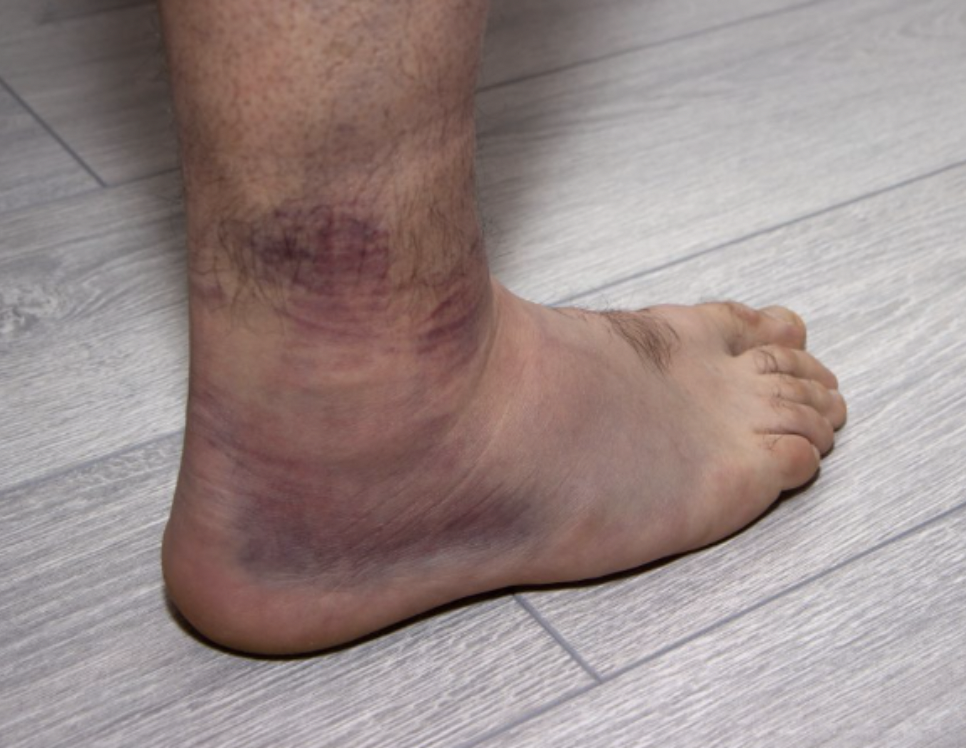Paragraph
Varicose veins occur when veins become enlarged and twisted due to poor blood flow. This condition is most common in the legs and feet. As blood fails to flow properly, the veins bulge, causing them to become visible on the surface of the skin. The twisted veins can be blue, dark purple, or reddish in color. A vein specialist can help diagnose this condition and recommend the best course of action for treatment.
Signs of Varicose Veins: Visible Appearance
One of the first signs of varicose veins is the appearance of enlarged, bulging veins. These veins are often twisted and stand out from the skin. In many cases, the veins appear blue or dark purple, giving them a distinct and noticeable look. A vein specialist can identify these visual cues to diagnose varicose veins early.
Pain and Discomfort: How Varicose Veins Affect You
Varicose veins can cause significant discomfort. Many individuals experience a heavy or aching feeling in their legs, especially after standing or sitting for long periods. The pain may feel worse as the day progresses. Some patients also report a throbbing, burning, or cramping sensation in the affected area.
Swelling in the Lower Legs and Feet
Swelling is a common symptom of varicose veins. It typically occurs in the lower legs, ankles, or feet. Prolonged standing or sitting can worsen this swelling. The accumulation of fluid in the affected area contributes to this condition, making the legs feel heavier and more uncomfortable.
Skin Changes Around Varicose Veins
As varicose veins develop, skin changes can also occur. Affected areas may feel itchy, and the skin can become dry or irritated. Discoloration often appears around the veins, particularly in the lower legs. The skin can darken as blood pools and affects circulation in the area.
Severe Symptoms: What Happens in Advanced Cases
In advanced cases of varicose veins, additional symptoms may emerge. Hardening of the veins can occur, often accompanied by inflammation and redness. This condition is called phlebitis and may require medical attention. Patients may also develop open sores or ulcers around the ankles, which can be painful and lead to infections.
Bleeding and Other Serious Complications
Varicose veins, especially when they are swollen and vulnerable, can bleed if scratched or injured. This can lead to more severe complications if not treated properly. The affected area may also become tight and shiny due to the buildup of fluid under the skin. This can indicate that the condition has progressed and requires immediate attention.
Seeking Treatment from a Vein Specialist
If you notice symptoms like those mentioned above, you should consult with a vein specialist. An expert can help diagnose the condition and suggest appropriate treatments. Early intervention is key to managing varicose veins and preventing long-term damage. A vein specialist will guide you through the best options based on the severity of your symptoms.
What to Expect During a Visit
A vein specialist will conduct a thorough evaluation of your veins. This may involve physical examinations and possibly imaging tests. They will assess the size, severity, and location of the varicose veins. Based on this assessment, your vein specialist will recommend a treatment plan to improve your circulation and alleviate symptoms.
Treatment Options for Varicose Veins
There are several treatment options available for varicose veins. Non-invasive treatments like compression stockings can help reduce swelling and improve circulation. For more severe cases, medical procedures such as sclerotherapy, laser treatments, or vein stripping may be necessary. Your vein specialist will discuss the pros and cons of each option to determine the best course of action for you.
Preventing Varicose Veins: Tips for Healthy Veins
While varicose veins may develop due to factors beyond your control, there are steps you can take to reduce your risk. Regular exercise can improve circulation and strengthen the muscles around your veins. Avoiding long periods of standing or sitting is another good habit. Elevating your legs whenever possible can also help reduce swelling and improve blood flow.
Get Help With Managing Varicose Veins for a Better Quality of Life
If you are experiencing symptoms of varicose veins, seek professional help. A vein specialist can guide you through the treatment process and offer advice on managing your symptoms. With early diagnosis and appropriate care, you can reduce the impact of varicose veins on your daily life and enjoy improved comfort and health.
- What Is Medicaid Exclusion For Funeral Plans – Benefits of Medicaid Funeral Exclusions!
- Banner Desert Medical Center – Trusted Care in Arizona!
- Why Cranberry Femine Health – The Ultimate Natural Wellness Guide for Women!
- What Is The Best Peptide For Bone Health – A Comprehensive Overview!
- Why Is Signify Health Calling Me – Understanding the Purpose Behind the Call!

Leave a Reply